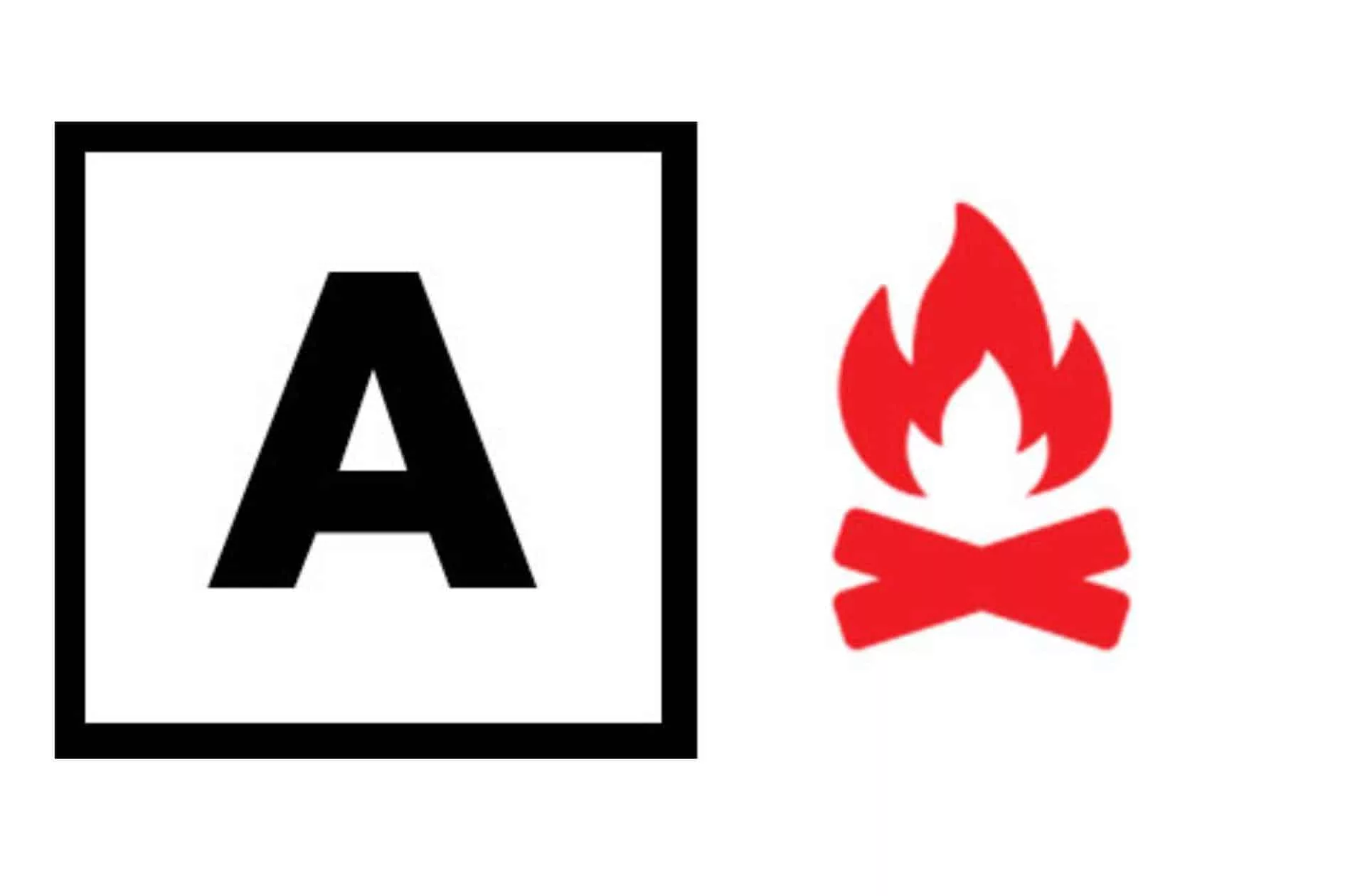
Memorable Learning Content
Do you have vaguely fond memories of a certain grade school or high school class? I have several. In each I remember my teacher well, and the dynamic of the classroom, and even some of my classmates; but one grey


Do you have vaguely fond memories of a certain grade school or high school class? I have several. In each I remember my teacher well, and the dynamic of the classroom, and even some of my classmates; but one grey

The third and last fundamental assumption of Michael Mayer’s cognitive approach to learning content delivery is that of active processing. To produce coherent conceptual representation of our experiences, we have to actively engage in cognitive processing. This means that, instead

The second fundamental assumption of Michael Mayer’s cognitive approach to learning content delivery is that of limited capacity. This refers to the amount of learning content able to be processed by the visual or the auditory channel at any one

To expand on Michael Mayer’s cognitive approach to multimedia learning content delivery, we will look closer at his three fundamental assumptions. First, that of the dual processing channels in our brains, for visual and auditory learning content. According to Mayer,

Multimedia learning content is most effectively learned when its design is in harmony with the way the human brain works, according to Richard Mayer (2003). Our brain’s information processing system has dual channels for processing: for visual/pictorial and for auditory/verbal

Specifically, a formal learning system is comprised of a prescribed learning framework, an organized learning event or package, the presence of a designated teacher or trainer, the award of a qualification or credit, and the external specification of outcomes, according



